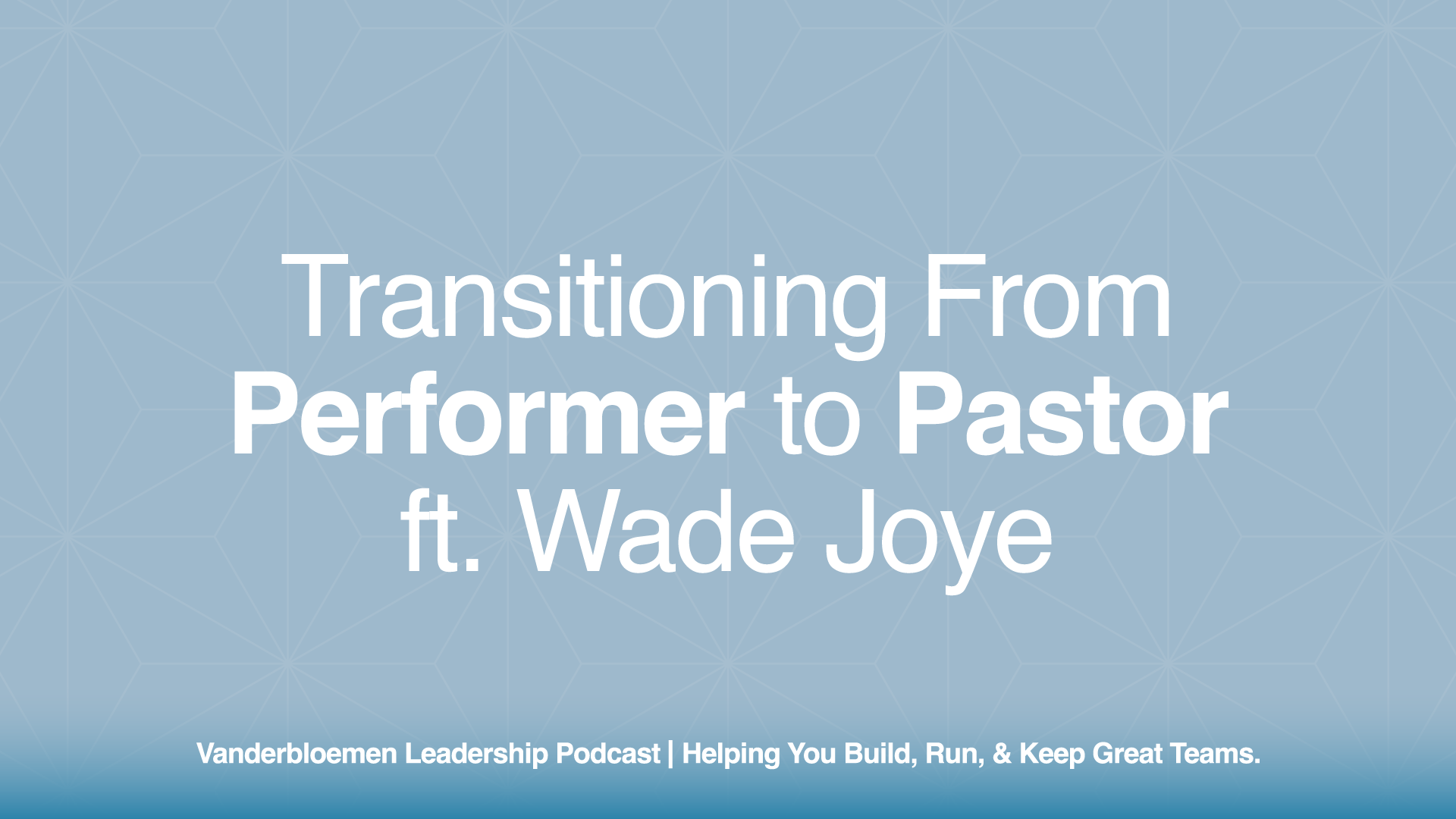It has never been more exciting to be a part of a church than today, as there are more creative opportunities to share the Gospel than ever before. From smartphones to virtual reality, the world is changing rapidly, and as William Vanderbloemen often says, “Every Kingdom breakthrough has arrived on the heels of a communications breakthrough.”
It’s also becoming more important than ever to have an online communications strategy. With online church and remote work on the rise, it’s critical to meet our audience where they are. Brining in new members takes a new digital effort when people browse for churches online, rather than coming in.
With the technology we have at our fingertips, church leaders should be investing significant time and energy into ensuring they are doing all they can to effectively reach their communities online. The reality is someone is going to search for answers online well before they are going to step inside your church doors.
Digital marketing and communications is a complex beast, and for church communications or marketing directors who wear many hats, it can be hard to keep up with the latest trends and tools of digital communications, much less keeping the church website updated on a regular basis.
Here are 4 tools any church communications director can begin implementing today to help reach and engage your church community.
1. Facebook for Nonprofits
Facebook is powerful for many reasons, but one of the most helpful ways it can help grow and engage your church community is through its targeting tools. Are you trying to reach new people or engage your current online community? Are you trying to encourage your community to give to your building campaign or to come to this week’s worship service? Your ministry’s goals should determine how you leverage Facebook for your church, and Facebook for Nonprofits is here to help. They have a free pdf to help you get started with your first campaign.
Facebook Live is also becoming a popular tool for reaching younger audiences. In a time when people will watch videos before reading an article, Facebook Live is the perfect place to hold free webinars, sermons, or post tidbits of information for your audience.
2. Searchable Church
Did you know that every church has $10,000 in free Google AdWords waiting for them at their fingertips? It’s true, and Searchable Church’s mission is to help churches understand the Google Grants program and use it to grow the church’s audience. Click here to learn more about Searchable.Church, Google Grants, and if it’s right for your church.
3. Google Search Console
What used to be Google Webmaster Tools is now Google Search Console, and it is a powerful tool to help you understand who is visiting your website and how they got there. Church Communications Directors should use Google Search Console to help optimize your website for reaching your community.
You can link it to your Google Analytics account to see from where your web traffic is coming and how you can improve your site. Setting it up might require some help from your IT department or a web developer, but don’t let that scare you away from getting started with Google Search Console. Here’s a great overview article from Moz.com.
4. HotJar
HotJar is a website heat mapping tool that can give you great insight into how people are interacting with your website. Once you set up your Facebook and AdWords campaigns, you want to make sure people are able to easily navigate your site and find what you’re leading them to. HotJar is a helpful tool that can show you how people are scrolling and clicking through your site. It does cost money, but if you’ll take the time to study the data it gives you to improve your website, it will be well worth the investment.
These are just four of many tools that church communications folks should be paying attention to. If you start down the road of creating an account and get overwhelmed, google around and find a support forum or a how to article to guide you through the process. Once you have your accounts set up, put a reminder on your calendar each week to take a look at the data and make tweaks to your website, search, or campaign strategy. The payoff in the long run will be a growing church, reaching its community with the Gospel.
This article was originally published on September 22, 2016 and was updated and republished on March 16, 2020.


